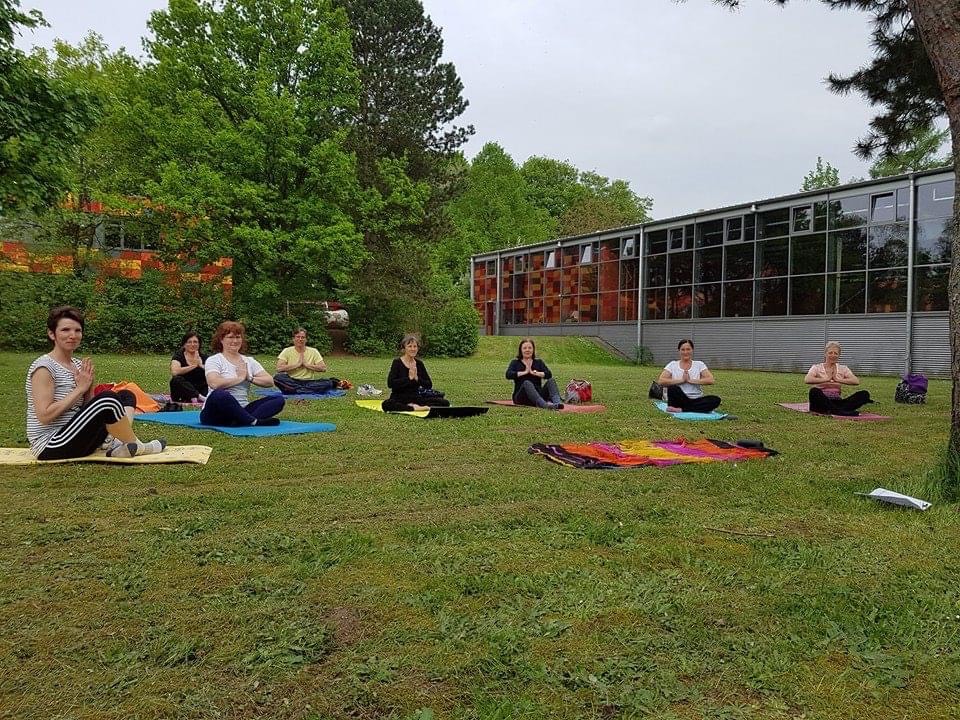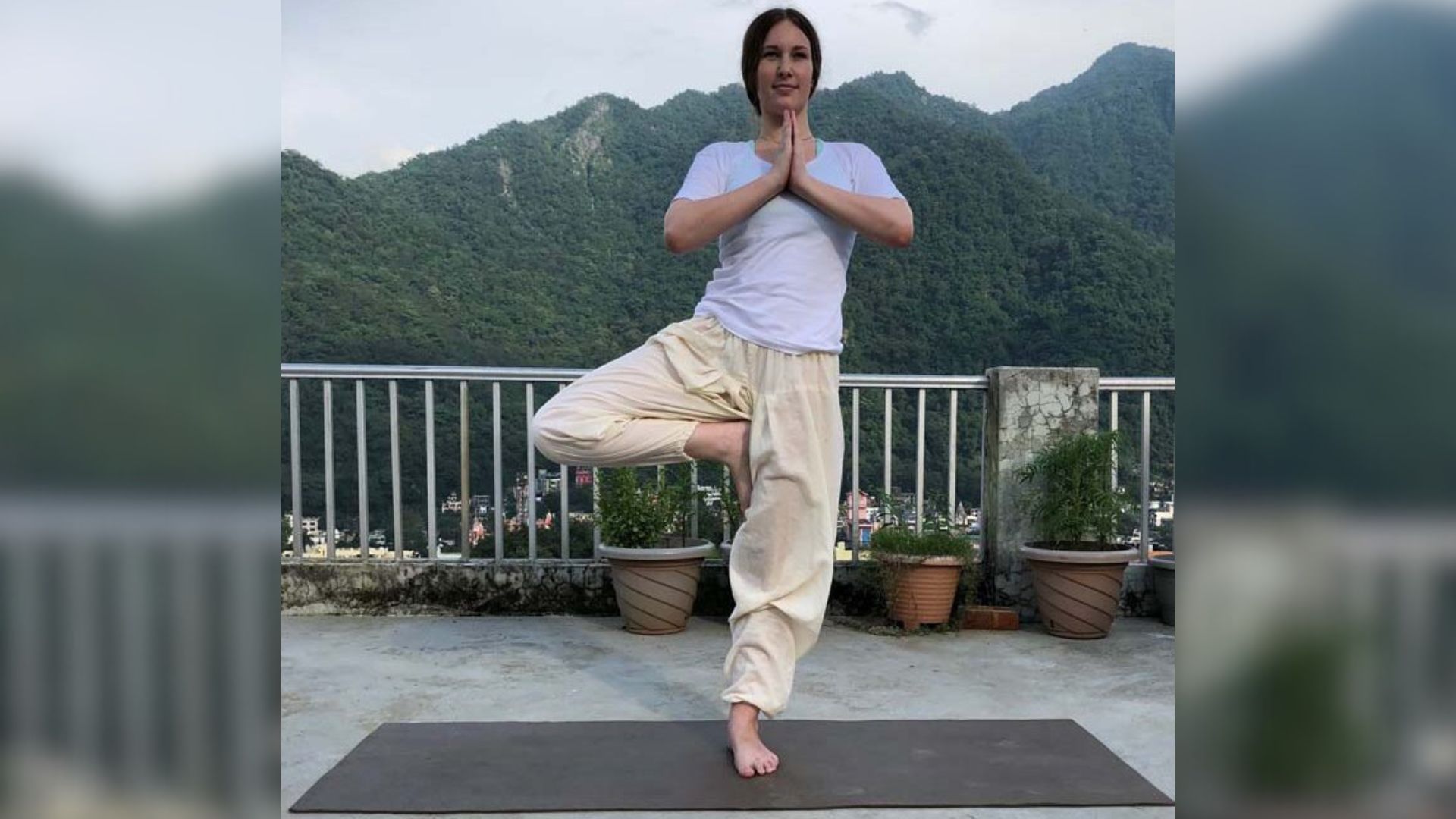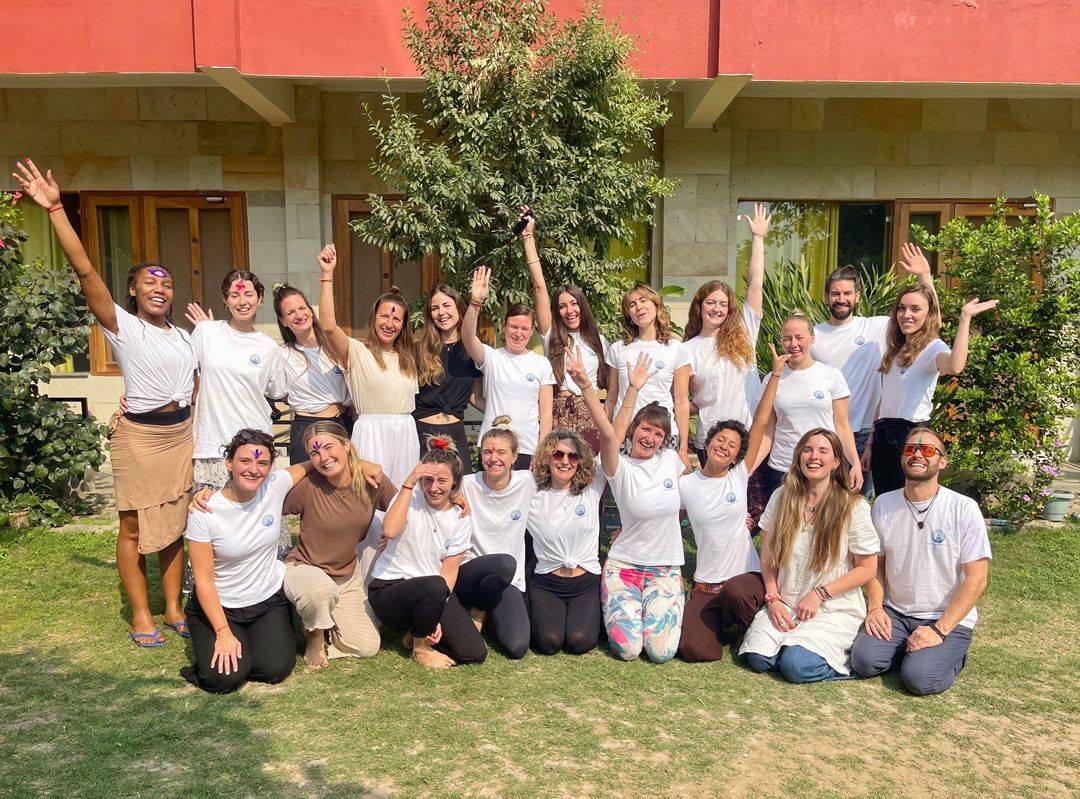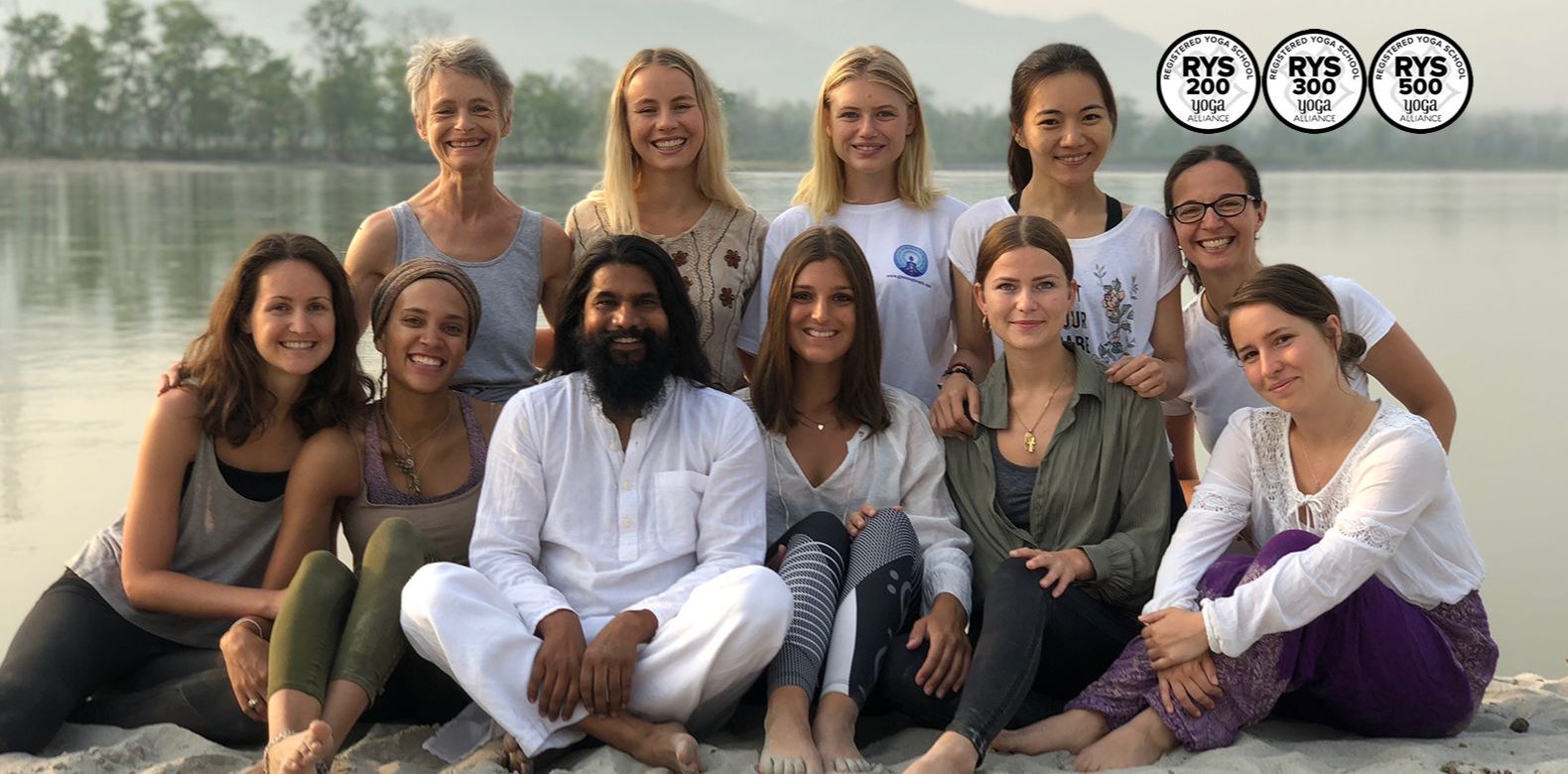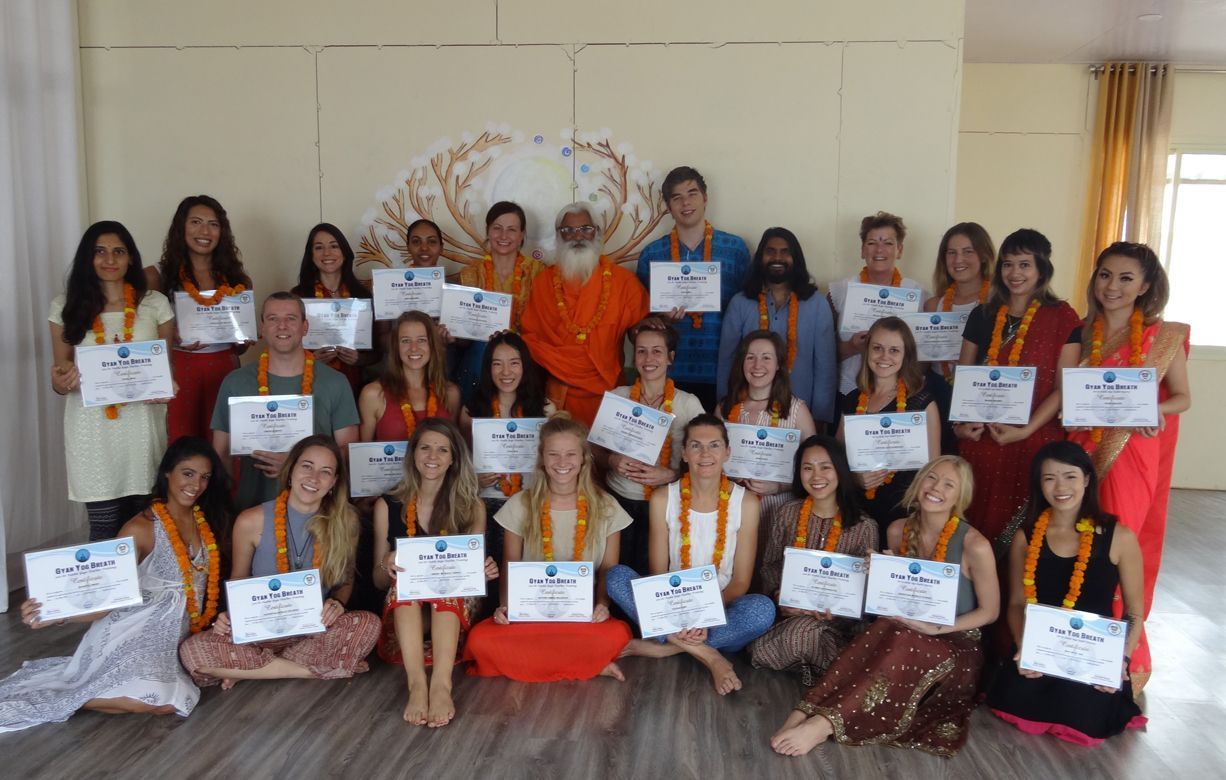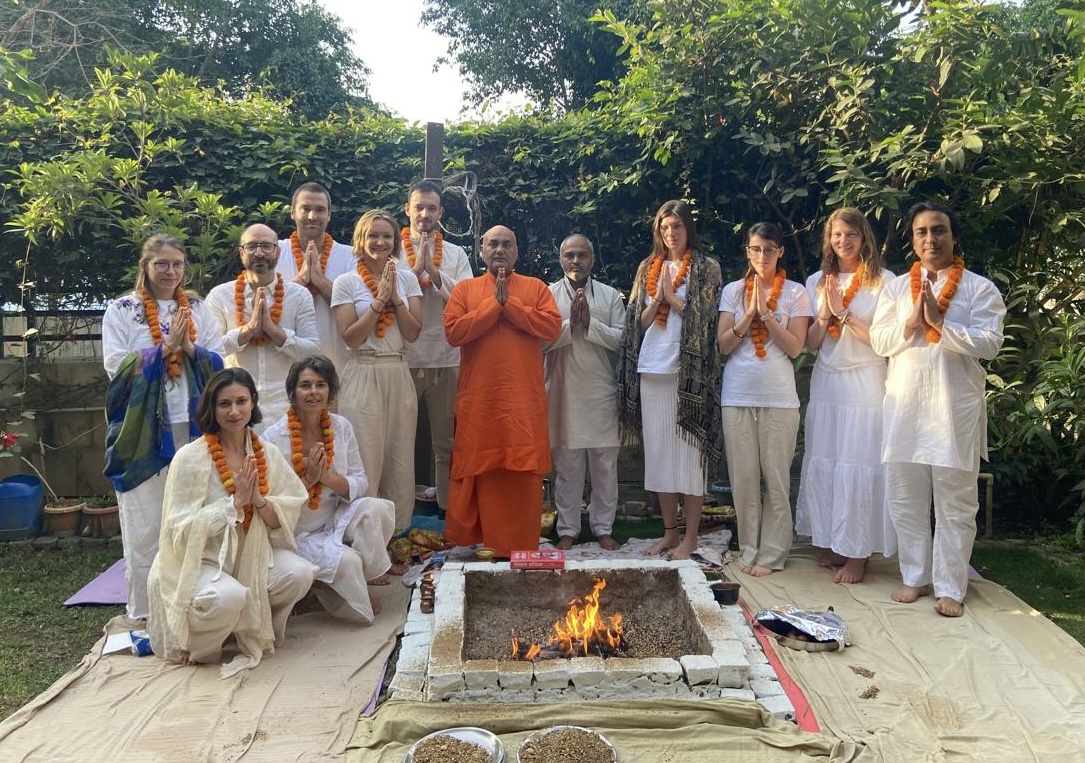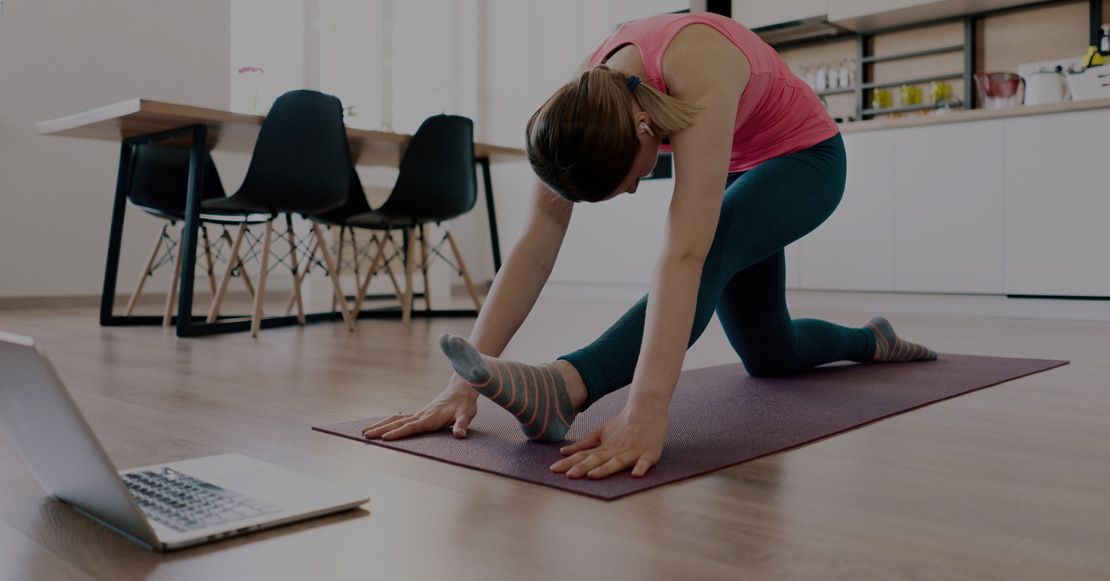The Most Common Yoga Styles Explained
Sweating, sitting in silence, shaking, anatomically precise? This article explains the most common yoga styles for you so you can get an idea about what you might be looking for!
“Yoga is definitely not for me!”. This sentence is said a lot by people who do not connect with yoga immediately. There can be various reason for this, but the most common one is that the person did not choose the right yoga style.
The Connection between Student and Teacher
You could argue that more important than the yoga style is the connection and chemistry between the student and the teacher. As a student, you should be able to fully trust your teacher and find comfort in his/her knowledge and competence. Only given that, you would be able to feel safe and enter into the unknown, right?
If your teacher matches with you, time can show. It’s best to try out 3-4 classes before deciding whether you want to continue. Sometimes yoga takes time to work on you and show its transformational properties.
The Yoga Style Should Accompany your Physical and Mental Needs
What challenges you? By choosing your yoga style, you should think of what your body and mind usually crave and enjoy. If you are the type of person that runs a lot and enjoy dynamic and fast movements, you won’t be able to get the maximum benefit by choosing a dynamic yoga style like Power Yoga or Vinyasa Flow. It might be better to go for an energetic complement to your own temperament. Hatha or Yin Yoga could be a good option as you focus on deep stretches, holding postures, conscious movements along with the breath and soothing increase of flexibility.
To get to know yourself more and discover unknown aspects of your core, yoga encourages you to try the new, get surprised and dare to change.
The Different Yoga Styles in Detail:
- Hatha Yoga – Body Balancing with Therapeutic Approach
Hatha yoga is probably the most common yoga style as it’s the oldest, most traditional and original style of yoga that was firstly mentioned more than 5000 years ago. From a 35 posture style mentioned in the Rig Veda, it became a 100+ yoga posture style that expanded various asanas with modifications and variations suitable for all levels. Hatha yoga is said to balance the female and male energies and makes sure that you connect with your breath and movements. Postures can be hold here for some time to gain strength and flexibility. Hatha Yoga is used for Kids Yoga, Prenatal Yoga and Yoga Therapy lessons to cure certain disease or ease discomfort during recoveries, post-op and women cycles.
- Ashtanga und Vinyasa Yoga – Dynamic and Strengthening
Ashtanga Yoga follows a certain series of postures. The most common ones are the primary and secondary series. Here, you go from one posture into the next one, without breaks or warm-up. Ashtanga Yoga is challenging, dynamic and on-point. There is no time to think about your past or future. It encourages full presence and awareness.
Vinyasa Yoga is also a dynamic and strengthening style that combines smart flows and postures always in a sequence. Vinyasa Yoga or Vinyasa Flow is diverse and creative. You never follow the same series over and over again.
- Yin Yoga – Calming Postures to Hold
Yin Yoga is the slowest and most rejuvenating yoga style that provides you with time to just sit or lay still. Holding the postures for around 2-5 minutes allows you to get comfortable with your postures, let go and accept. It’s a rejuvenating type of yoga that focuses on feeling no pressure or pain. Often the postures are modified with bolsters or pillows to move into the final pose without discomfort. Flexibility and patience are gained tremendously.
- Kundalini Yoga – Spiritual and Internal
Kundalini Yoga is the type of yoga that focuses on awakening the Kundalini energy within us. It is said to a burst of energy spiralling from our lowest chakra (Mooladhara) to the crown of the head. Kundalini yoga approaches its practice with the mantra Sat Nam and uses breathing techniques, modified asanas and positive talks.
- Iyengar Yoga – Props and Alignment Orientated
Iyengar Yoga derived from Yogi Master B.K.Iyengar who invented a very alignment-based type of yoga that works with wall ropes, blocks, chairs, straps and pillows. Here, it’s all about the correct and proper adjustment to gain each posture’s maximum benefit. While postures are classical hatha yoga asanas, Iyengar yoga seems to be a strict and perfectionist type of yoga.

